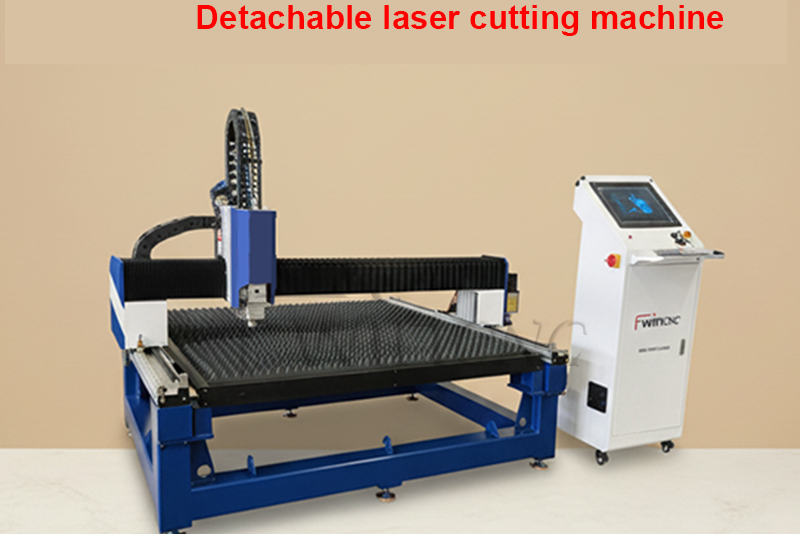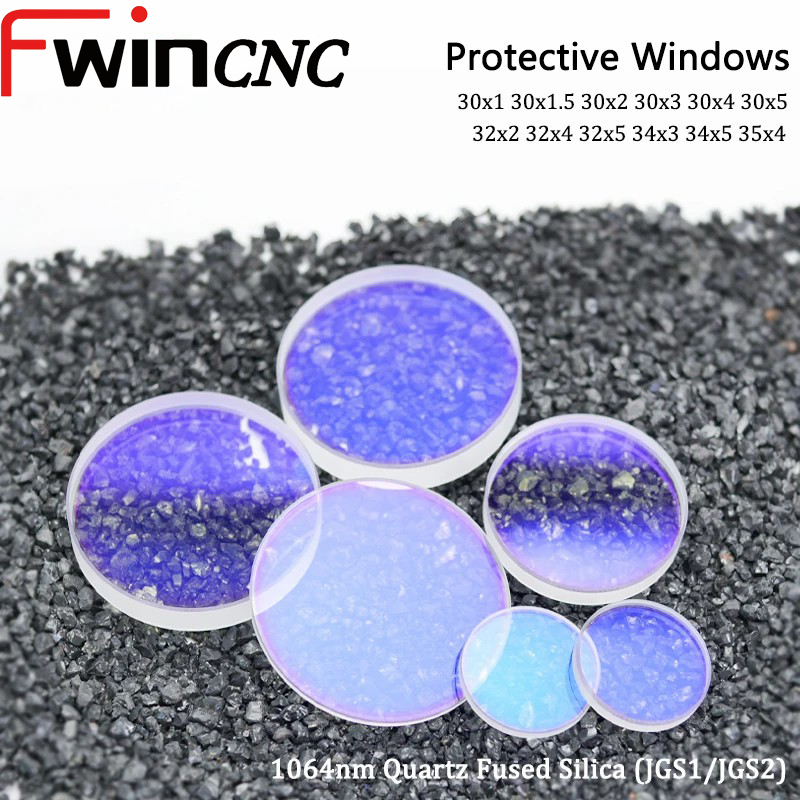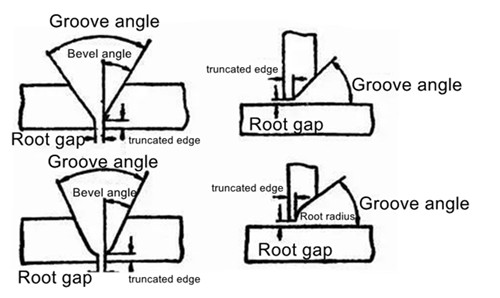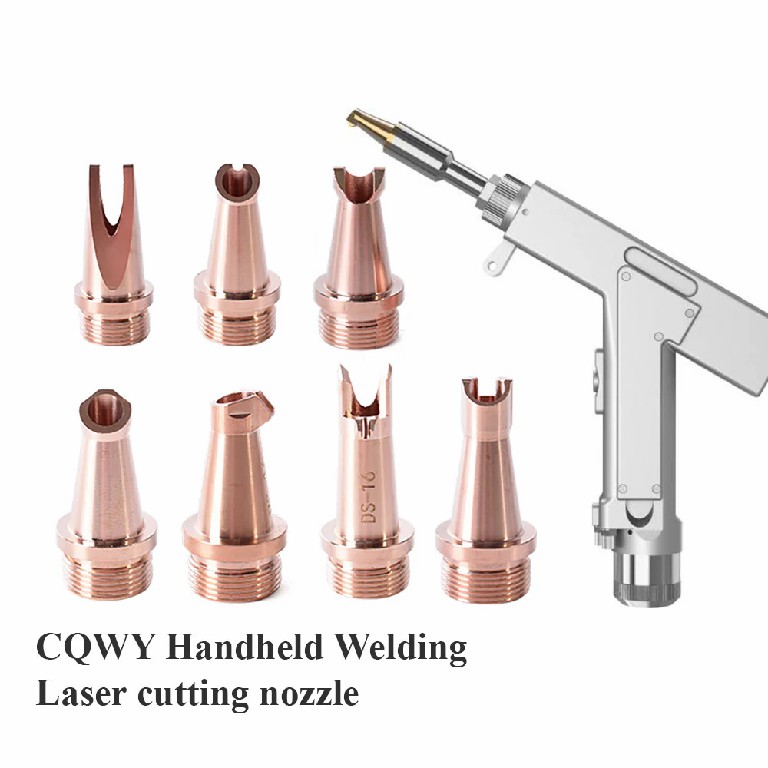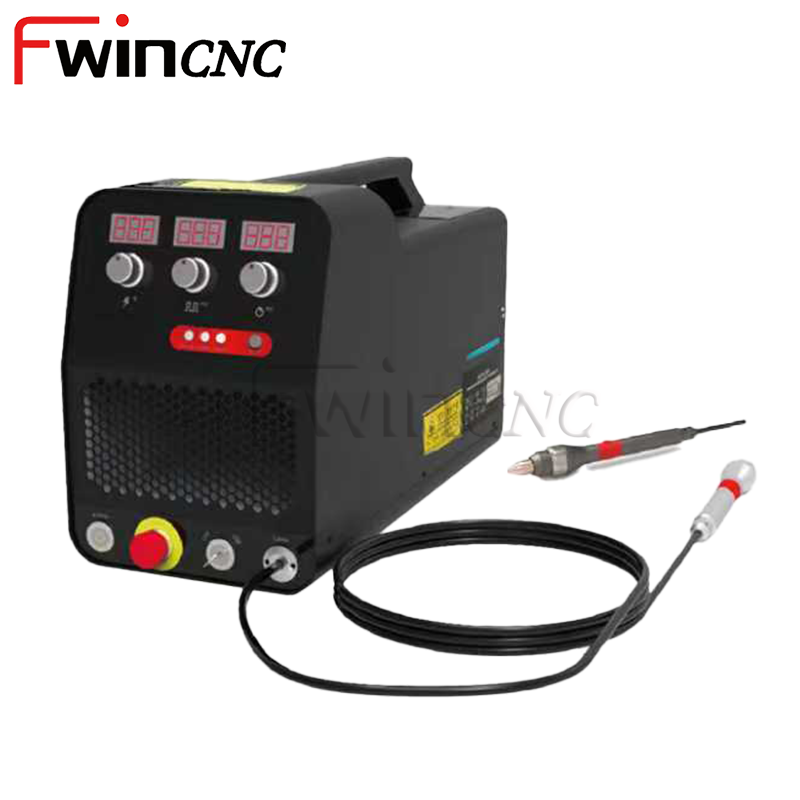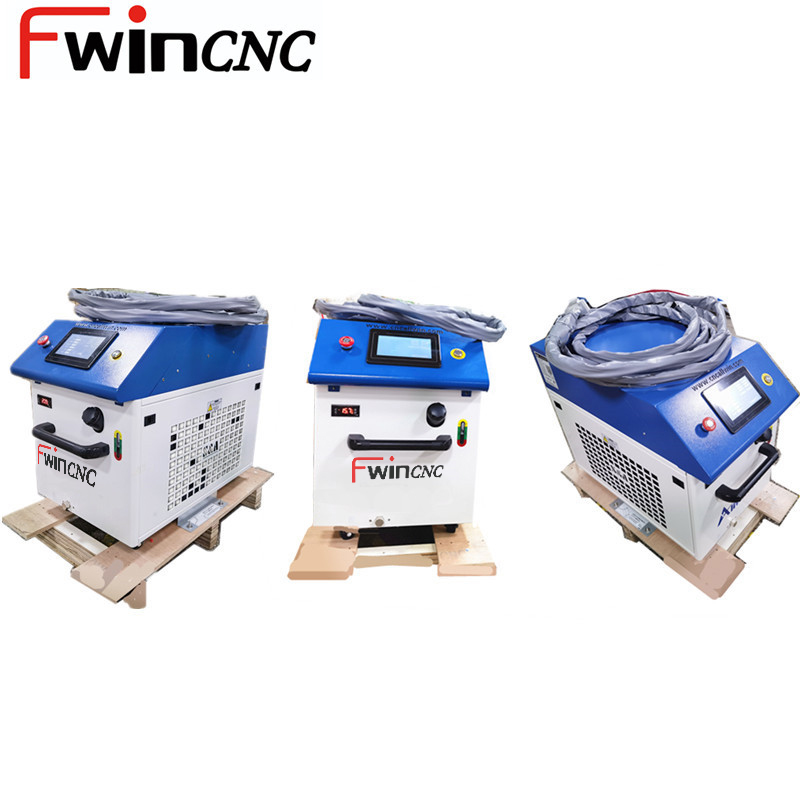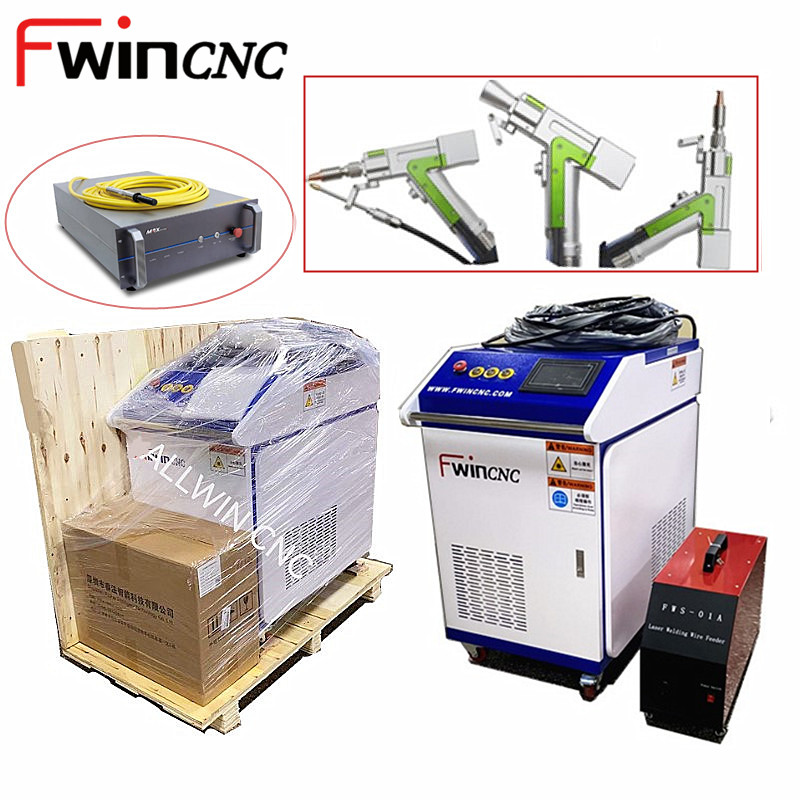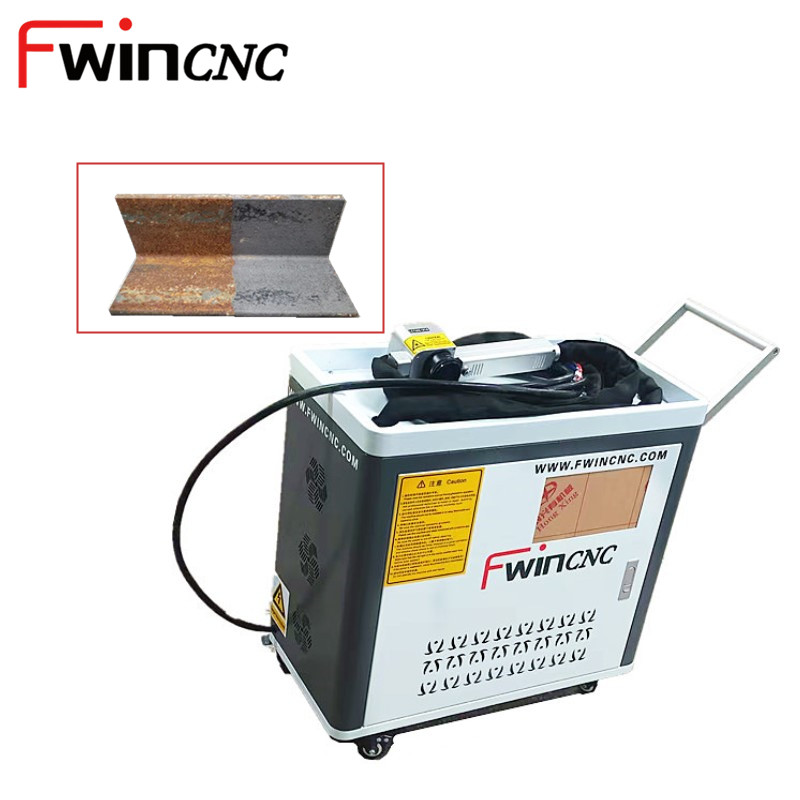Fiber lasers account for an increasing share of industrial lasers year by year due to their simple structure, low cost, high electro-optical conversion efficiency, and good output effects. According to statistics, fiber lasers accounted for 52.7% of the industrial laser market in 2020.
Based on the characteristics of the output beam, fiber lasers can be divided into two categories: continuous laser and pulse laser. What are the technical differences between the two, and what application scenarios are each suitable for? The following is a simple comparison of applications in general situations.
As the name suggests, the laser output by a continuous fiber laser is continuous, and the power is maintained at a fixed level. This power is the rated power of the laser. The advantage of continuous fiber lasers is long-term stable operation.
The laser of pulse laser is “intermittent.” Of course, this intermittent time is often very short, usually measured in milliseconds, microseconds, or even nanoseconds and picoseconds. Compared with continuous laser, the intensity of pulse laser is constantly changing, so there are concepts of “crest” and “trough”.
Through pulse modulation, the pulse laser can be released quickly and reach maximum power at the peak position, but due to the existence of the trough, the average power is relatively low. It is conceivable that if the average power is the same, then the power peak of the pulse laser can be much greater than that of the continuous laser, achieving a higher energy density than the continuous laser, which is reflected in the greater penetration penetration ability in metal processing. At the same time, it also Suitable for heat-sensitive materials that cannot withstand sustained high heat, as well as some high-reflectivity materials.
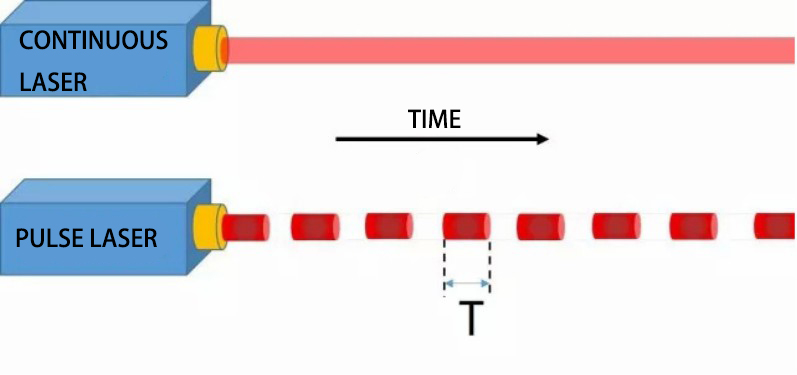
Through the output power characteristics of the two, we can analyze the application differences.
Continuous fiber lasers are usually suitable for:
· Large-scale equipment processing, such as vehicle and ship machinery, cutting of large steel plates, and other processing occasions that are not sensitive to thermal effects, but are more sensitive to cost
· It is used in the medical field for surgical incision and coagulation, such as hemostasis after surgery
· It is widely used in fiber optic communication systems for signal transmission and amplification, with high stability and low phase noise
· It is used in scientific research for applications such as spectroscopy, atomic physics experiments, and lidar, providing high power and high beam quality laser output.
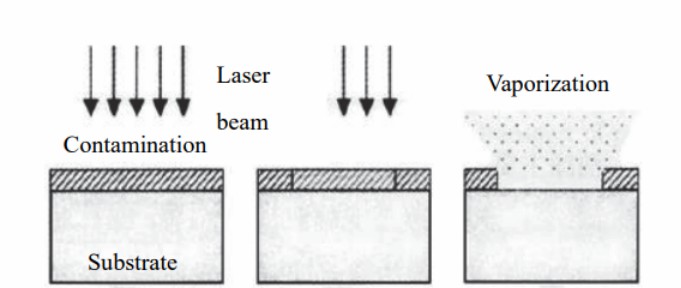
Pulse lasers, on the other hand, are typically suitable for:
· It cannot withstand the precision machining of materials that are too strong in heat or brittle in texture, such as the processing of electronic chips, ceramic glass, and medical biological parts.
· The material has a high reflectivity, and it is easy to damage the laser head itself due to reflection. For example, the processing of copper and aluminum materials
· Surface treatment or cleaning of the exterior of fragile substrates
· Processing occasions that require high power and deep penetration in a short time, such as thick plate cutting, metal material drilling, etc.
· When it is necessary to use pulses as signal characteristics. For example, fiber optic communication and fiber optic sensors, etc.
· It is used in the biomedical field for ophthalmic surgery, skin treatment and tissue cutting, etc., with high beam quality and modulation performance
· In 3D printing, metal parts with high precision and complex structures are manufactured
· Advanced laser weapons, etc.
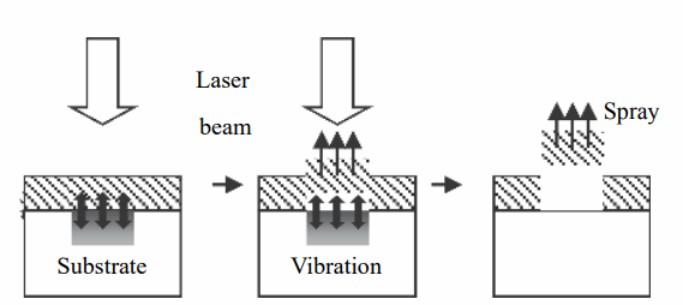
There are some differences between pulse lasers and CW fiber lasers in terms of principle, technical characteristics and applications, and they are suitable for different occasions. Pulse lasers are suitable for applications that require peak power and modulation performance, such as materials processing and biomedicine; whereasCW fiber lasers are suitable for applications that require high stability and high beam quality, such as communications and scientific research. Choosing the right type of fiber laser for your specific needs will help improve the efficiency and quality of your application.

